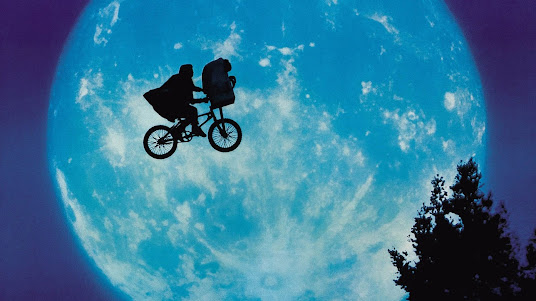Jules and Jim (1962)
This is Jules. He's an Austrian expatriate. He came to France to explore the world, art, and culture. He's incredibly bookish but has a sweet, introverted side that leads him to go with the flow.
This is Jim. He's a native Parisian who meets Jules. Despite having a more outgoing, forceful personality, he also enjoys discovering the world and exploring art. He bonds with Jules as they teach each other their languages, translate their favorite poetry, and pursue women together.
Jules and Jim. Even their names lend themselves to being thought of as a single item. Eventually, two larger-than-life tragedies test their friendship. The first is the outbreak of World War I. The conflict sends both to fight for their respective countries but does not make them feel guilty over their friendship. Both fret that they might kill the other on the battlefield, and they meet up again after the war.
The second test is Catherine. She meets the pair before the war and finds herself intoxicated by their love of life and youthful camaraderie. After the war, Catherine and Jules settle down in the Rhine and have a daughter. Jim accepts their invitation to stay with the couple, despite having some feelings for Catherine, only to find that she, out of fear of being trapped and a sense of restlessness, has had affairs with multiple men. Her next target: Jim.
This sets up the second half of Jules and Jim, a series of romantic entanglements as Catherine swings between both men and the two friends try to maintain the optimistic worldview of their youth.
The arrival of WWI bisects this movie stylistically. Director François Truffaut films the trio's early days with his signature playfulness: he experiments with freeze frames, close-ups, and montages to create a sense of infinite possibilities and the rapid lifestyle of youth.
Once both men get back from the war, however, their outlook has changed. As the first modern war, WWI irrevocably altered the course of modernist art, giving rise to multiple movements that tried to grapple with the inherent senselessness of the conflict, and by extension, reality. Jules and Jim, having seen these horrors up close and feeling connected to art, mirror this generational disillusionment.
The film's style post-war becomes more traditional. The pace slows down and loses its puckish experimentation. The characters must now face reality as it is, rather than filter the world through their romantic art. Catherine also senses this change and tries to hold on to the happiness of their youth through the excitement of her affairs.
Visiting the film in 2024, Jules and Jim takes on even more meanings. The two male leads devotion invites a queer reading, even if Truffaut or the actors never intended this. Their relationship supplies the story's dramatic stakes. When Jim feels tempted by Catherine, you are not concerned if they will consummate the relationship, but rather if Jim will betray Jules. They are the "couple" you are routing for to remain together by the movie's end.
Due to the dynamic, the movie has a complicated relationship with Catherine's femininity. Catherine acts out of the same crisis both her love interests experience, but her actions turn vindictive as the movie continues. The story positions her as the antagonist and uses her to bring about the movie's tragic ending.
Despite this blindspot, Jules and Jim has ascended to its place in the film canon. Truffaut's portrait of fading youth can resonate with anyone who finds themselves far down the river of time's constant flow.


Comments
Post a Comment